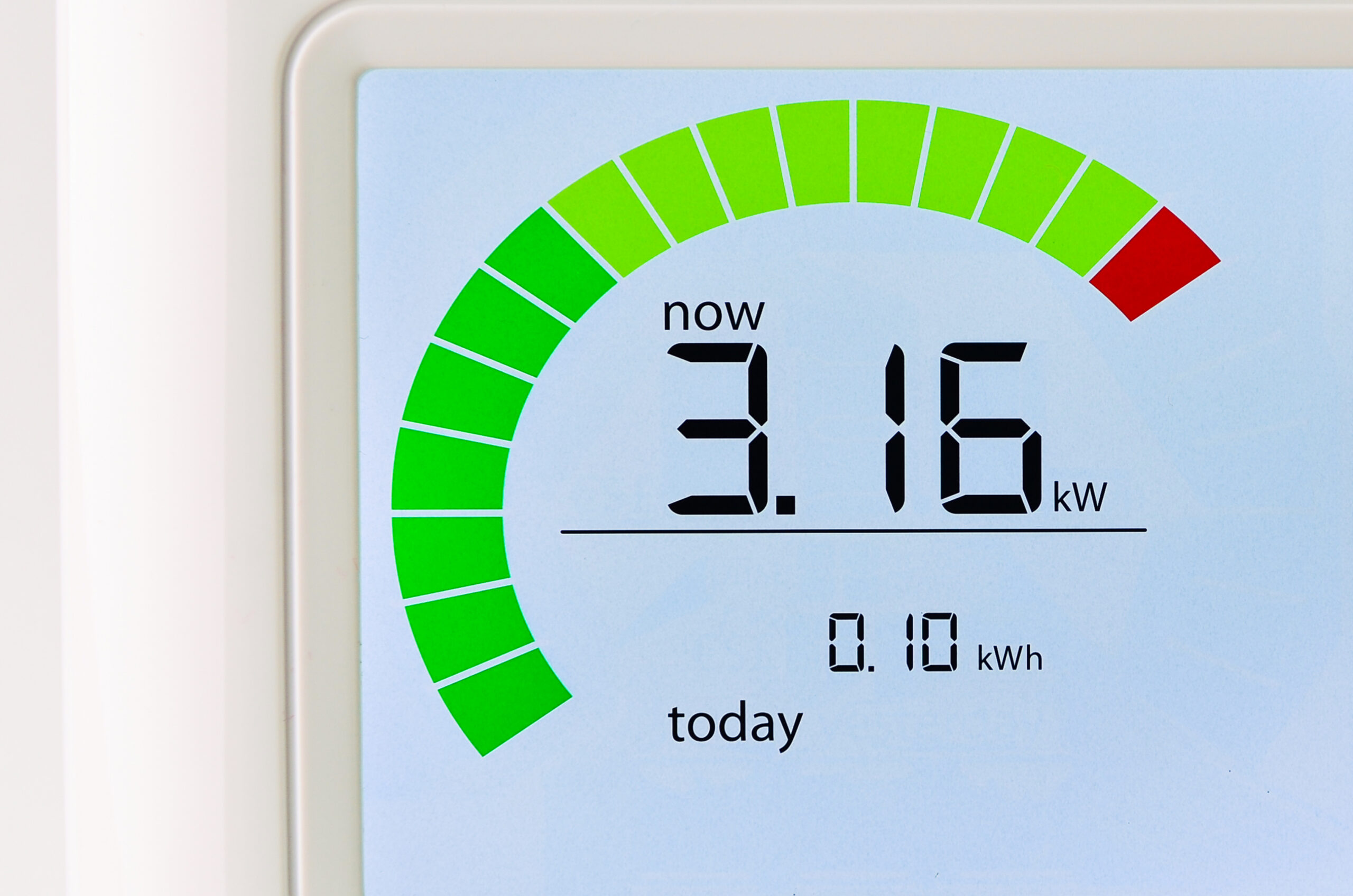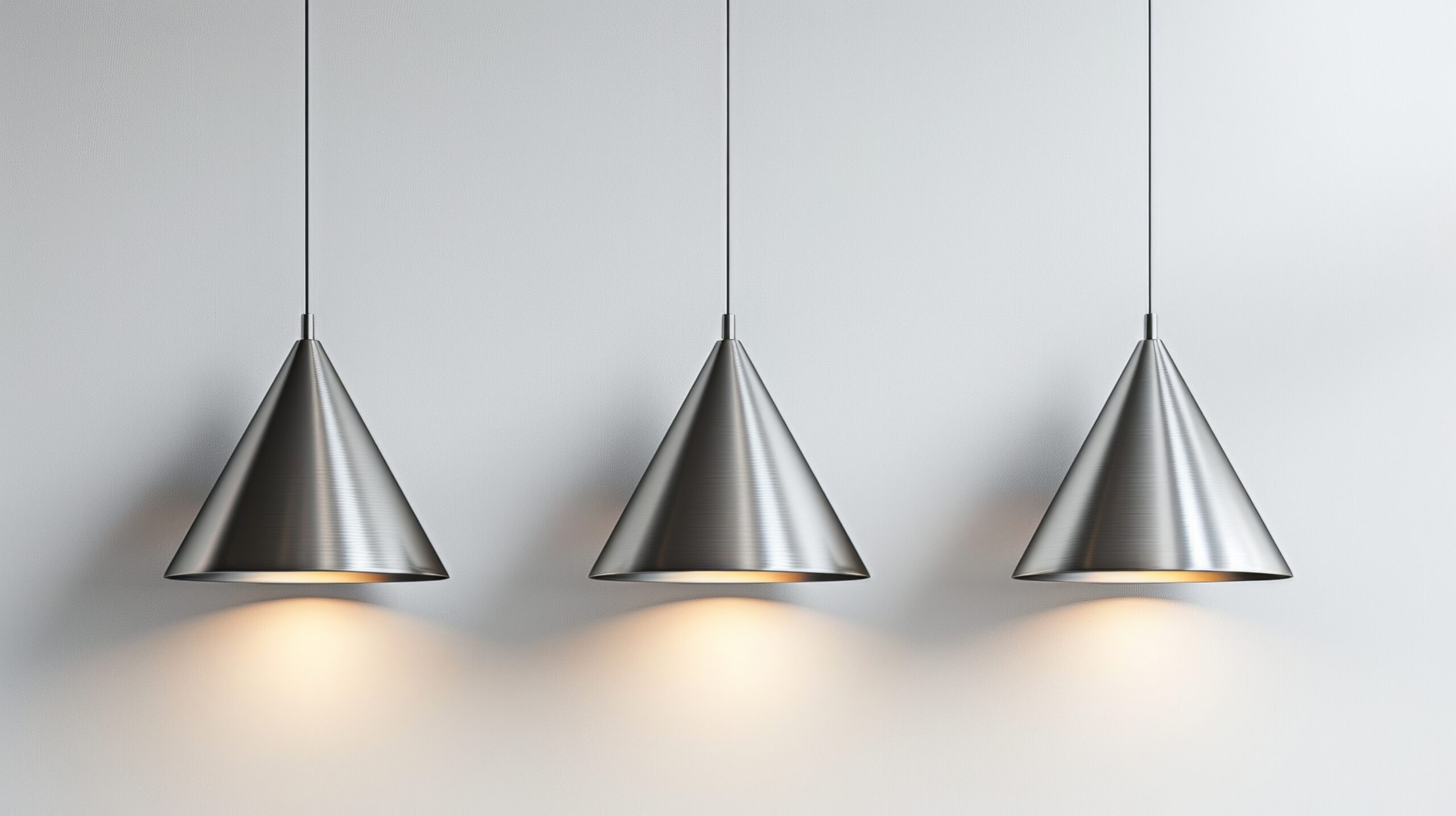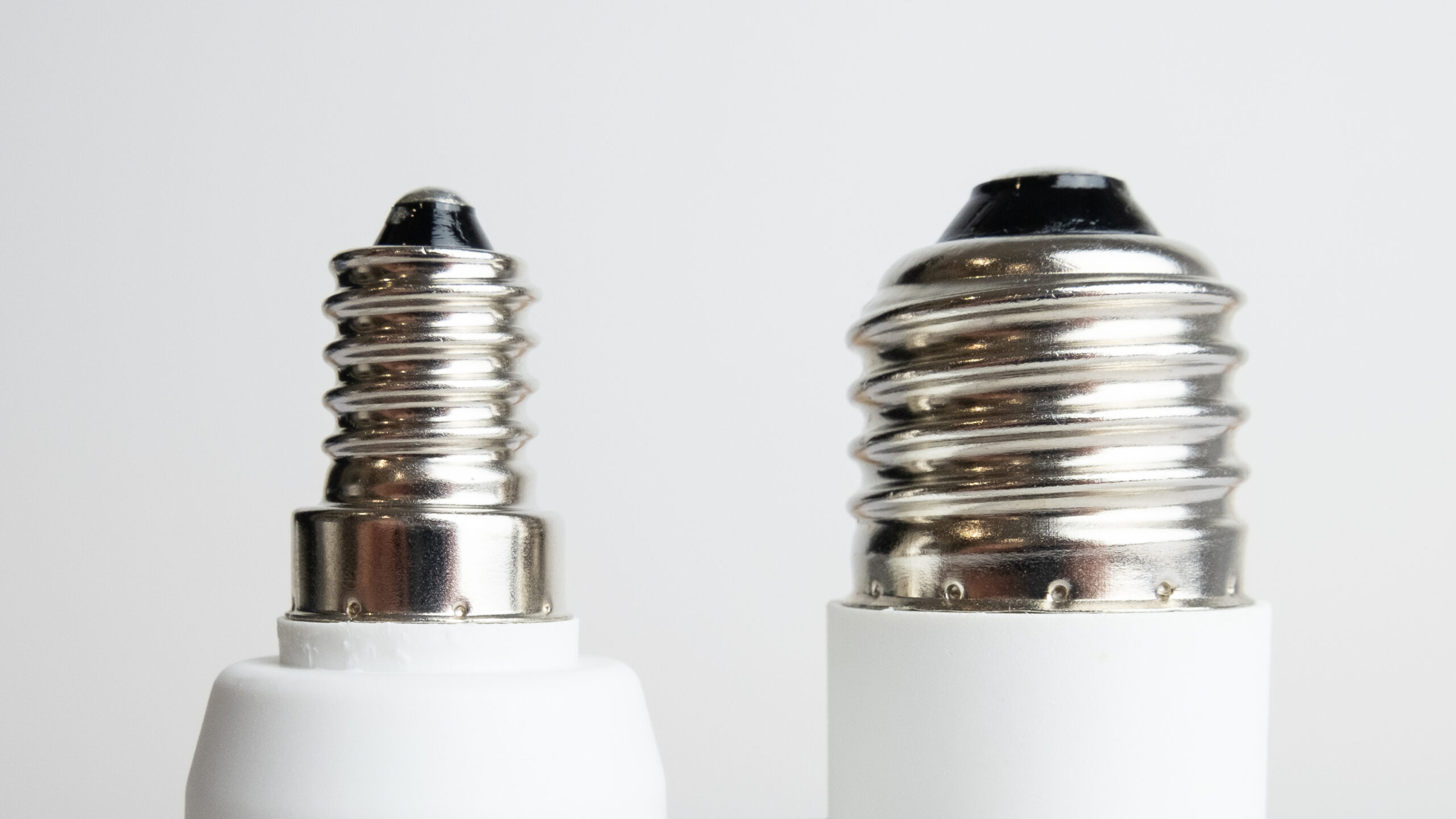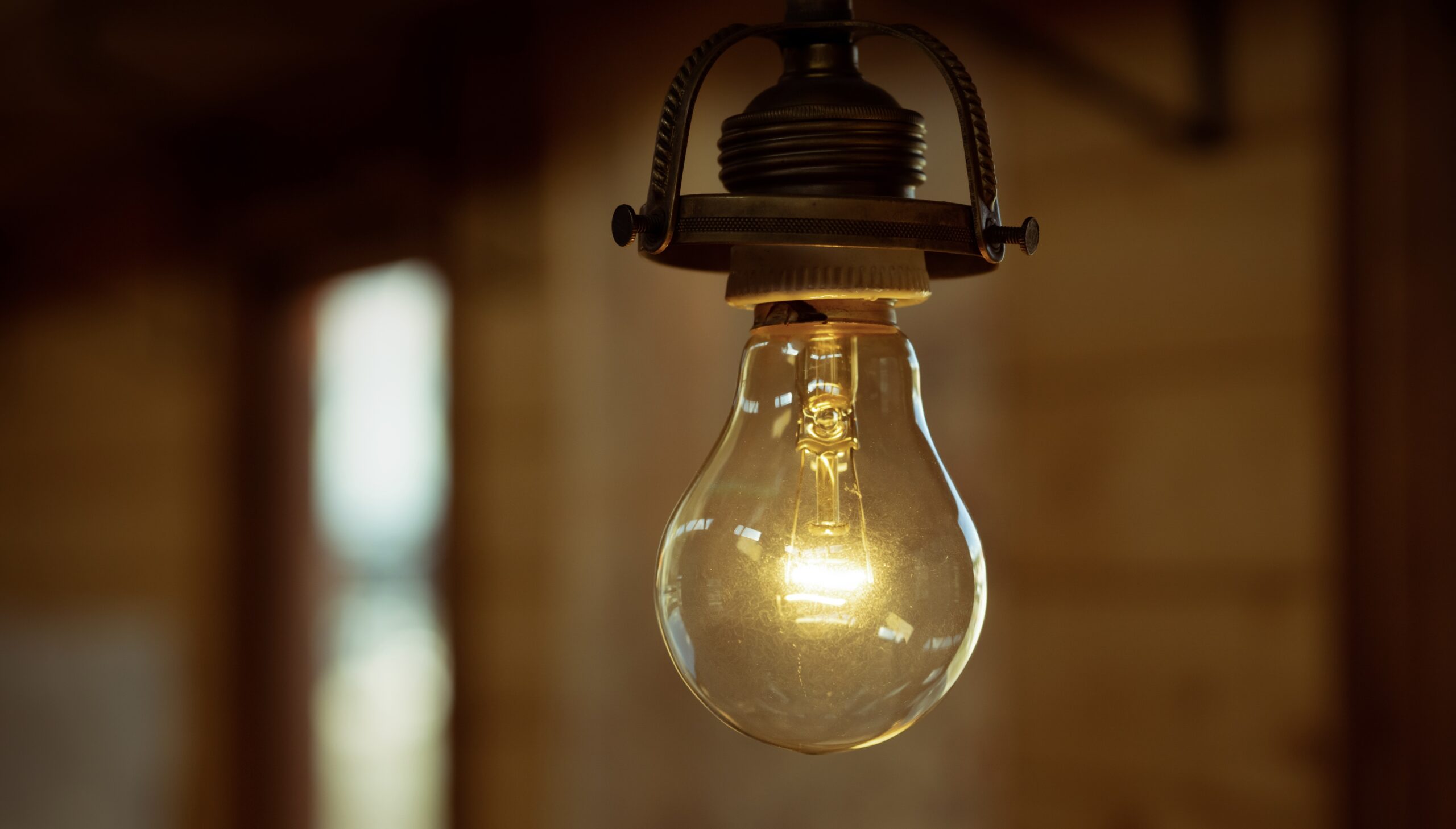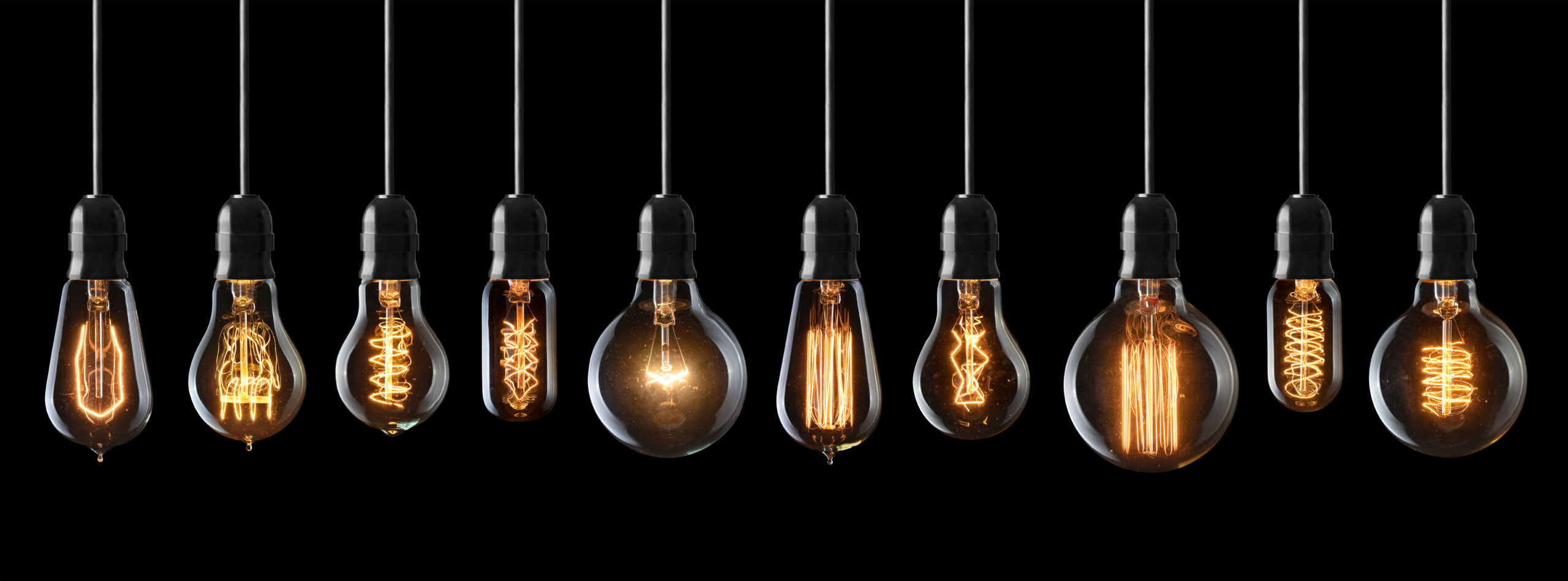What Is COB LED Lighting? COB (Chip on Board) lighting is an advanced form of LED (Light Emitting Diode) technology that delivers higher efficiency, brightness, and uniformity compared to earlier LED designs. In COB LEDs, multiple LED chips are directly mounted onto a single substrate, usually made from aluminum or ceramic, which acts as a …
What Are Watts and Why Do They Matter? Watts (W) measure how much electrical power a light consumes. They indicate the amount of energy drawn from your electricity supply to produce illumination. In older incandescent bulbs, wattage was directly linked to brightness. However, with energy-efficient lighting such as LEDs, watts now represent power consumption rather …
Understanding Light Distribution and Beam Angles The beam angle of a light source determines how widely or narrowly light spreads from the fixture. Measured in degrees, it defines the area illuminated by the beam — from focused spotlights to wide, general coverage. Understanding beam angle is essential when planning lighting layouts for both residential and …
The Pros and Cons of Integrated LED Light Bulbs Integrated LED light bulbs, also called integrated LED fixtures, combine the LED light source and housing in a single unit. They are increasingly popular in homes, offices, and commercial spaces thanks to their efficiency, sleek designs, and modern control options. However, there are also practical drawbacks …
Your Guide to the Most Common Lighting Questions Lighting is one of the most important elements in any home or workspace, affecting both style and functionality. Below are five frequently asked questions about lighting, with practical tips and insights to help you choose the right solutions for your needs. 1. What type of lighting is …
Light fitting caps, also known as lamp bases or sockets, are standardised connectors used to attach light bulbs or lamps to lighting fixtures. Understanding the different types of light fitting caps is essential for selecting the right bulbs and ensuring compatibility with your fixtures. In this guide, we’ll explore some of the most common light …
Halogen lamps are gradually being phased out in many countries due to their energy inefficiency compared to newer lighting technologies like LED. Many countries have implemented regulations to encourage the adoption of more energy-efficient lighting options, leading to a decline in the production and availability of halogen lamps. LED lighting, with its superior energy efficiency …
The creative timeline of the light bulb reflects not only the evolution of technology but also the collaborative spirit of inventors, each contributing their brilliance to illuminate the world in ever-innovative ways. 1. Early Sparks (1800-1850): The journey of the light bulb begins with Sir Humphry Davy’s experimentations in 1809, demonstrating the incandescent light principle …
What Are Lumens and How Do They Work? Lumens (lm) measure the total visible light output from a bulb or fixture — in simple terms, they indicate how bright the light is. The higher the lumen number, the brighter the light appears. Unlike watts, which measure energy use, lumens measure light output, allowing you to …

